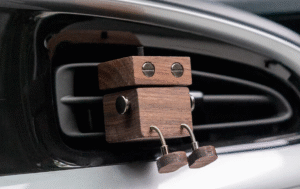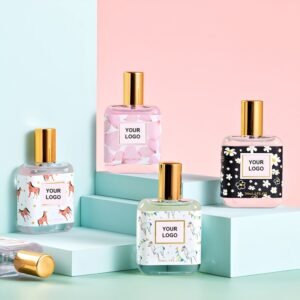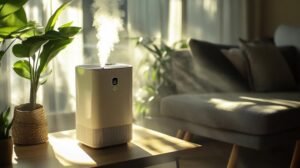Your fragrance dreams shouldn’t be trapped by massive order quantities that drain startup budgets before sales even begin.
Private label perfume with low MOQs enables indie brands to launch fragrance lines with minimal capital investment, typically starting with orders under 500 units while maintaining professional quality and competitive pricing structures.
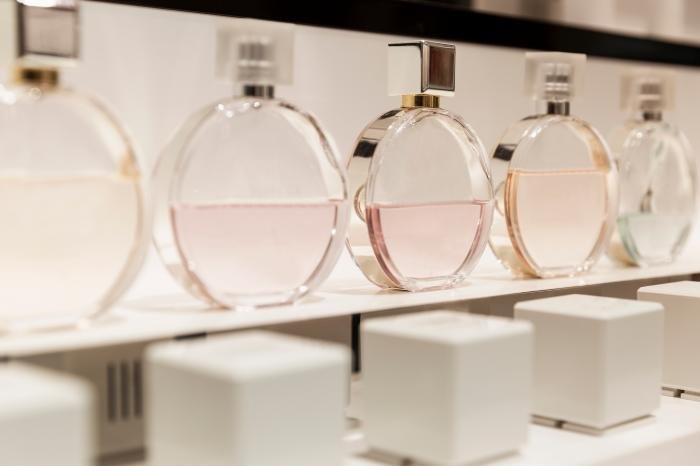
This roadmap reveals how small batch fragrance entrepreneurs can navigate the perfume industry successfully.
Why Are Low MOQs Essential for Indie Perfume Startups?
Your fragrance dreams shouldn’t be trapped by massive order quantities that drain startup budgets before sales even begin.
Low MOQs enable indie perfume startups to launch with minimal capital investment, test market demand efficiently, and scale production gradually while maintaining cash flow control and reducing inventory risks.
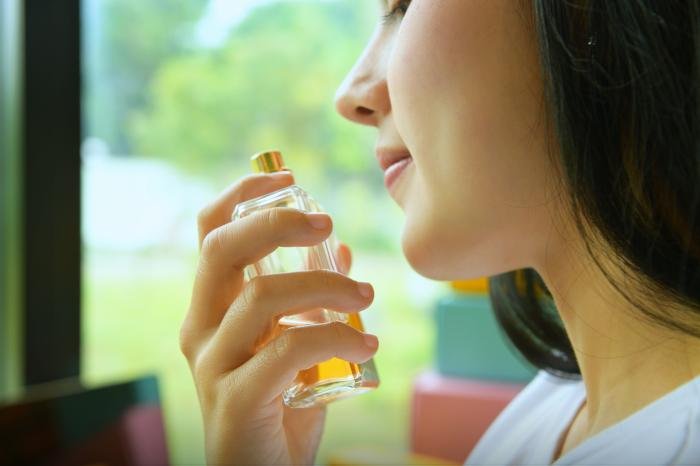
Capital Preservation and Cash Flow Management
MOQ under 500 units transforms the financial landscape for indie brands. Traditional perfume manufacturing often demands orders of 5,000+ units, requiring $50,000-$100,000 upfront investment. Small batch perfume production with low MOQs reduces initial capital needs to $5,000-$15,000, preserving precious startup funds for marketing, brand development, and operational expenses.
This approach allows founders to maintain healthy cash flow cycles. Instead of tying up capital in massive inventory, entrepreneurs can reinvest profits from initial sales into subsequent batches, creating a sustainable growth pattern that doesn’t strain financial resources.
Market Validation and Risk Mitigation
Low MOQs enable rapid market testing without catastrophic losses. Your startup budget guide should prioritize flexibility over volume commitments. With smaller batches, you can gauge customer response, adjust formulations, and pivot strategies based on real market feedback rather than assumptions.
| MOQ Level | Initial Investment | Risk Exposure | Market Testing Ability |
|---|---|---|---|
| 5,000+ units | $50,000-$100,000 | High | Limited |
| 500-1,000 units | $15,000-$25,000 | Medium | Moderate |
| Under 500 units | $5,000-$15,000 | Low | High |
This flexibility proves invaluable when launching multiple scent profiles or seasonal collections. Indie brand startup success often hinges on agility—the ability to respond quickly to trends, customer preferences, and market opportunities without being locked into massive inventory commitments that may not align with actual demand patterns.
How Do You Find Reliable Private Label Perfume Manufacturers With Low Minimums?
Finding affordable private label perfume manufacturers feels impossible when startups face sky-high minimum orders. This barrier crushes dreams before brands can test their market.
Research certified manufacturers offering 500-2,000 unit minimums, verify their quality systems, request samples, and check client references. Focus on low MOQ suppliers with GMP certifications and transparent pricing structures.
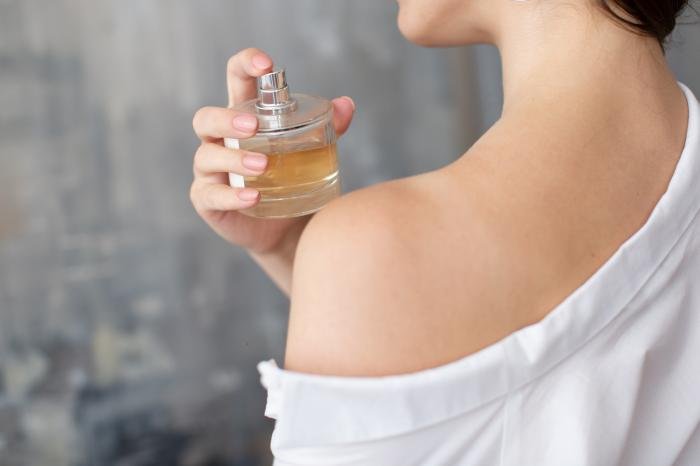
Quality Assessment Criteria for Small Batch Producers
Evaluating fragrance production partners requires systematic verification. Start with certifications – look for GMP (Good Manufacturing Practices) compliance and ISO 9001 standards. These indicate professional operations capable of consistent quality.
Request detailed product specifications and testing reports. Reliable manufacturers provide comprehensive documentation including allergen testing, stability studies, and batch tracking records. Ask about their quality control processes during production and storage.
Client testimonials reveal real performance metrics. Contact existing customers directly to understand delivery timelines, batch consistency, and communication quality. Red flags include reluctance to share references or vague quality documentation.
Verification Process and Red Flags
| Verification Step | Green Flags | Red Flags |
|---|---|---|
| Initial Contact | Quick response, detailed answers | Delayed responses, vague information |
| Certification | GMP, ISO 9001, IFRA compliance | No certifications mentioned |
| Sample Quality | Consistent scent, proper labeling | Poor packaging, weak projection |
| MOQ Flexibility | 500-2,000 units available | Only high minimums offered |
| Pricing Structure | Transparent, itemized costs | Hidden fees, unclear pricing |
Effective quality assessment involves on-site visits when possible. Virtual tours work as alternatives, showing production facilities and storage conditions. Professional manufacturers maintain clean, organized spaces with proper temperature controls.
Payment terms indicate reliability – established companies offer reasonable payment schedules rather than demanding full payment upfront. Loveeno’s approach of flexible payment options and transparent processes exemplifies industry best practices for emerging brands.
What Cost Factors Should You Consider Beyond The Basic MOQ?
Your startup budget might seem manageable until hidden expenses surface. Many indie perfume entrepreneurs overlook critical costs that multiply quickly.
Beyond initial MOQ requirements, factor in formulation revisions, regulatory compliance, storage, sample production, and marketing materials. These expenses often exceed the base product investment by 40-60%.
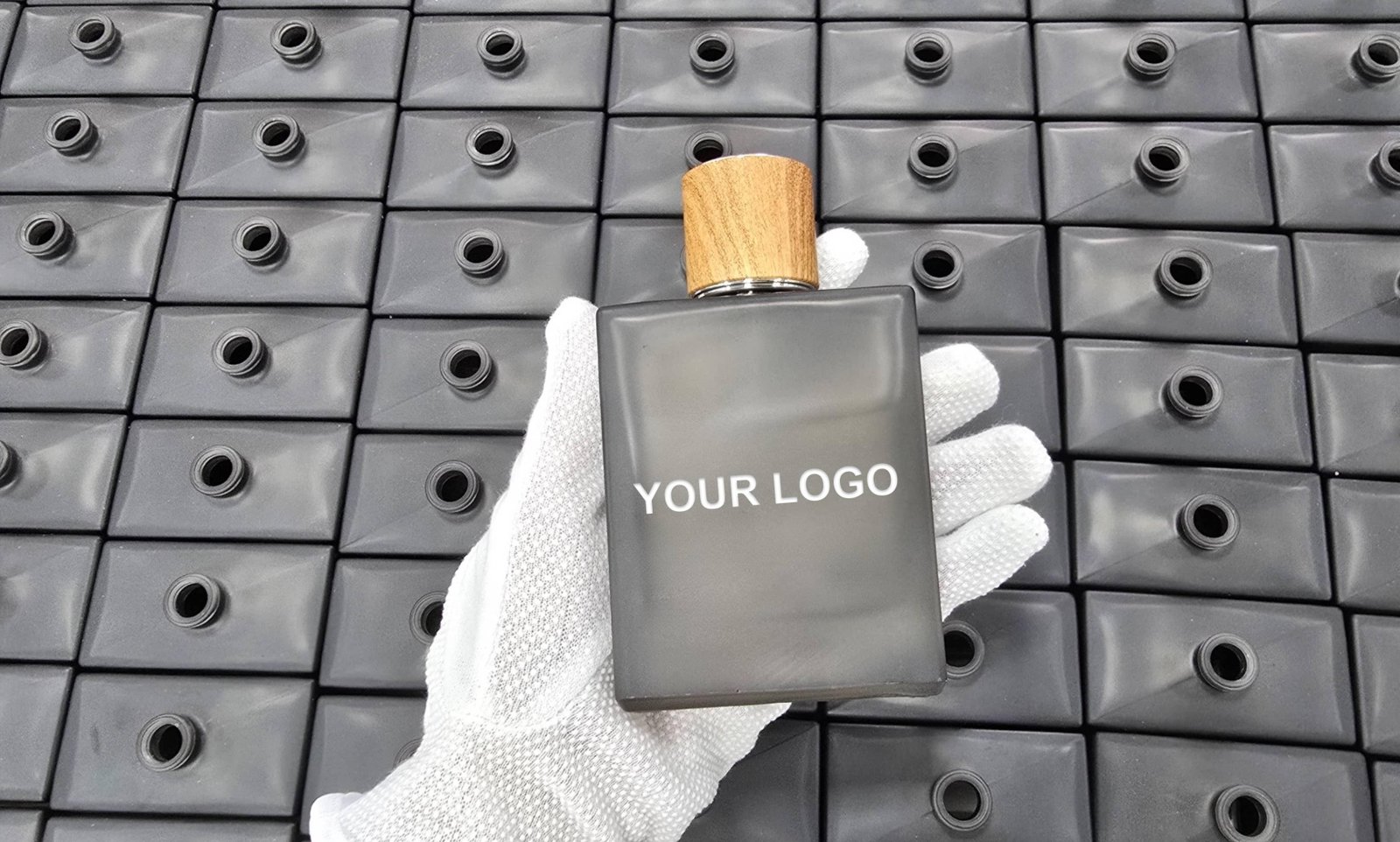
Additional Development Expenses
Fragrance development expenses extend far beyond the initial formula purchase. Revision cycles typically require 3-5 iterations before reaching market-ready quality. Each modification involves new samples, testing panels, and reformulation costs ranging from $500-2,000 per iteration.
Quality control testing adds another layer to your small batch budget. Stability testing, allergen analysis, and compliance documentation can cost $1,500-4,000 depending on market requirements. Consider shelf-life studies essential for retail partnerships.
Packaging Considerations and Hidden Costs
Packaging considerations involve multiple cost layers that catch startups unprepared. Setup fees for custom bottles, caps, and labels often require minimum commitments regardless of order size. Design modifications post-approval trigger additional charges.
| Cost Category | Budget Range | Hidden Factors |
|---|---|---|
| Bottle Setup | $800-2,500 | Color matching fees, mold adjustments |
| Label Design | $300-1,200 | Revision rounds, compliance text |
| Packaging Materials | $2-8 per unit | Protective inserts, shipping boxes |
| Sample Packaging | $150-500 | Tester vials, presentation materials |
Storage and inventory management create ongoing expenses. Climate-controlled facilities, insurance, and handling fees accumulate monthly. Loveeno’s flexible reorder system helps minimize these carrying costs while maintaining batch consistency for growing brands.
How Can You Optimize Your Production Planning For A Low-MOQ Launch?
Limited capital forces tough decisions. Indie perfume founders risk everything on untested formulas, facing potential financial ruin from overproduction.
Optimize your production planning for low-MOQ launches by aligning batch sizes with demand forecasts, implementing flexible scaling strategies, and choosing suppliers who offer consistent quality at minimum order quantities of 24-100 units.
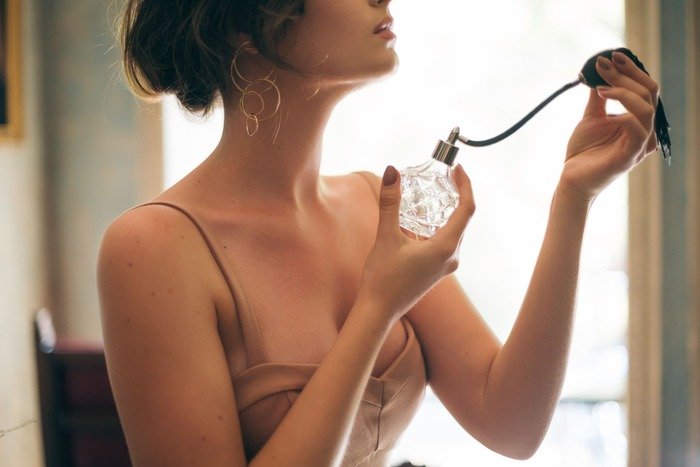
Strategic Batch Sizing and Demand Alignment
Cost-effective production planning begins with accurate demand forecasting and flexible batch sizing. Start with conservative initial orders based on market validation rather than optimistic projections. Many successful indie brands launch with initial batches of 50-100 units per fragrance, allowing them to test market response without overwhelming their cash flow.
The key lies in establishing a fragrance launch timeline that accommodates iterative production cycles. Rather than committing to large quantities upfront, plan for 2-3 smaller production runs over the first quarter. This approach enables real-time adjustments based on customer feedback and sales performance.
Scaling Strategy Implementation
Small batch inventory management requires a clear scaling strategy from day one. Partner with suppliers who can accommodate growth without requiring dramatic MOQ increases. Loveeno’s flexible production capabilities exemplify this approach, offering consistent quality across varying batch sizes while maintaining cost efficiency.
| Production Stage | Recommended Batch Size | Scaling Timeline | Cost Impact |
|---|---|---|---|
| Initial Launch | 24-50 units | 30-45 days | Highest per-unit cost |
| Market Validation | 100-200 units | 60-90 days | 15-25% cost reduction |
| Growth Phase | 500+ units | 120+ days | 30-40% cost reduction |
Establish relationships with multiple suppliers to ensure production flexibility and avoid single-source dependencies that could derail your scaling strategy.
What Marketing Strategies Work Best For Small-Batch Perfume Brands?
Small perfume brands face fierce competition with limited budgets. Traditional marketing costs drain resources quickly. Smart strategies maximize impact while minimizing expense.
The most effective marketing strategies for small-batch perfume brands include sample-based campaigns, social media storytelling, and limited edition releases. These approaches build authentic connections while maintaining cost efficiency and scalability for growing businesses.
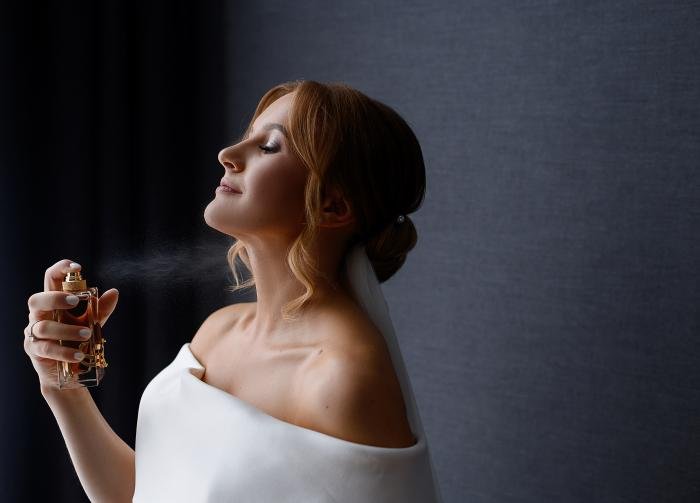
Sample-First Strategy Drives Discovery
Free samples remain the cornerstone of indie perfume marketing. Unlike visual products, fragrances require sensory experience to drive purchase decisions. Successful small-batch brands allocate 15-20% of their product budget to sample creation and distribution.
Strategic sampling works through targeted channels. Partner with complementary businesses like boutique clothing stores or artisan soap makers. Offer samples at local farmers markets or craft fairs where your target audience naturally gathers. Digital sampling programs through subscription boxes like Scentbird or direct mail campaigns to social media followers create broader reach without massive investment.
Community-Driven Social Media Presence
Authentic storytelling outperforms polished advertising for niche perfume branding. Small brands succeed by sharing their creation process, ingredient sourcing stories, and personal fragrance journeys. TikTok and Instagram users actively seek unique, artisanal products that larger corporations cannot replicate.
| Platform | Content Focus | Engagement Strategy | Budget Allocation |
|---|---|---|---|
| TikTok | Behind-scenes creation | Fragrance layering tutorials | 30% |
| Aesthetic product shots | User-generated content | 40% | |
| YouTube | Long-form storytelling | Perfumer interviews | 20% |
| Direct relationship | Exclusive releases | 10% |
Limited edition strategy creates urgency and exclusivity. Release seasonal collections in small batches of 50-100 units. This approach tests market response while maintaining scarcity value. Loveeno’s flexible packaging solutions enable small brands to create professional presentations without minimum order constraints, allowing for authentic limited edition releases that build customer anticipation and brand loyalty.
Conclusion
Private label perfume with low minimums transforms indie fragrance dreams into achievable business realities. By partnering with flexible manufacturers offering MOQs under 500 units, implementing strategic batch sizing, and leveraging sample-based marketing strategies, small batch perfume entrepreneurs can launch successfully without massive capital investment. Your indie brand startup journey begins with smart production planning, reliable supplier relationships, and authentic community-driven marketing that builds lasting customer connections while maintaining healthy cash flow throughout your growth trajectory.
FAQ
Q1: What is the minimum order quantity (MOQ) for private label perfume?
Many manufacturers offer private label perfume with MOQs as low as 100 units, making it accessible for small brands and startups with limited capital.
Q2: How can I start a small batch perfume business with a low budget?
Focus on cost-effective production planning, scalable packaging, and partnering with manufacturers offering MOQs under 1000. Utilize startup budget guides to allocate resources efficiently.
Q3: What are the advantages of small batch perfume production?
Small batch production allows for lower upfront costs, flexibility in testing scents, and easier reorder management, making it ideal for indie startups and hobbyists.
Q4: Where can I find indie brand communities for support and networking?
Online platforms like Facebook groups, Reddit communities, and small business networks provide valuable resources and connections for indie perfume brands.
Q5: How do I choose a private label perfume manufacturer with low minimums?
Look for manufacturers specializing in small batch perfume, verify their MOQ policies, and read reviews from other indie brands to ensure reliability and quality.

